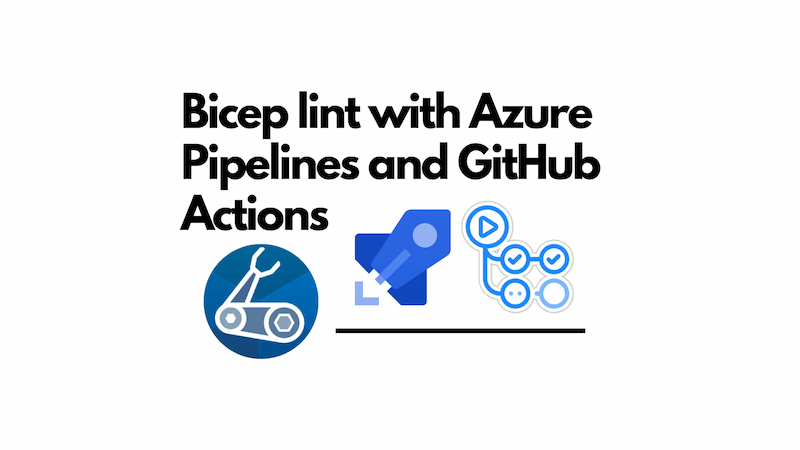Using AZD for faster incremental Azure Container App deployments in Azure DevOps
When deploying Azure Container Apps from Azure DevOps, you can use the azd command to speed up deployments that do not affect infrastructure. Given that when you're deploying, it's far more common to be making a code and / or content change and not an infrastructure one, this can be a significant time saver.

If you're looking for information on how to use azd to speed up deployments of Azure Static Web Apps in GitHub Actions, then you might want to read this post.








